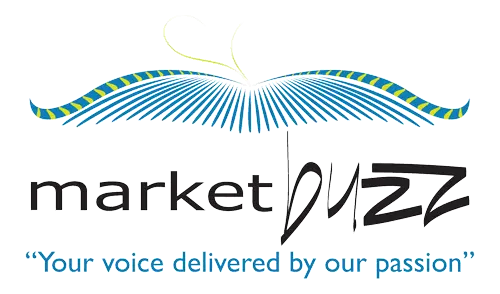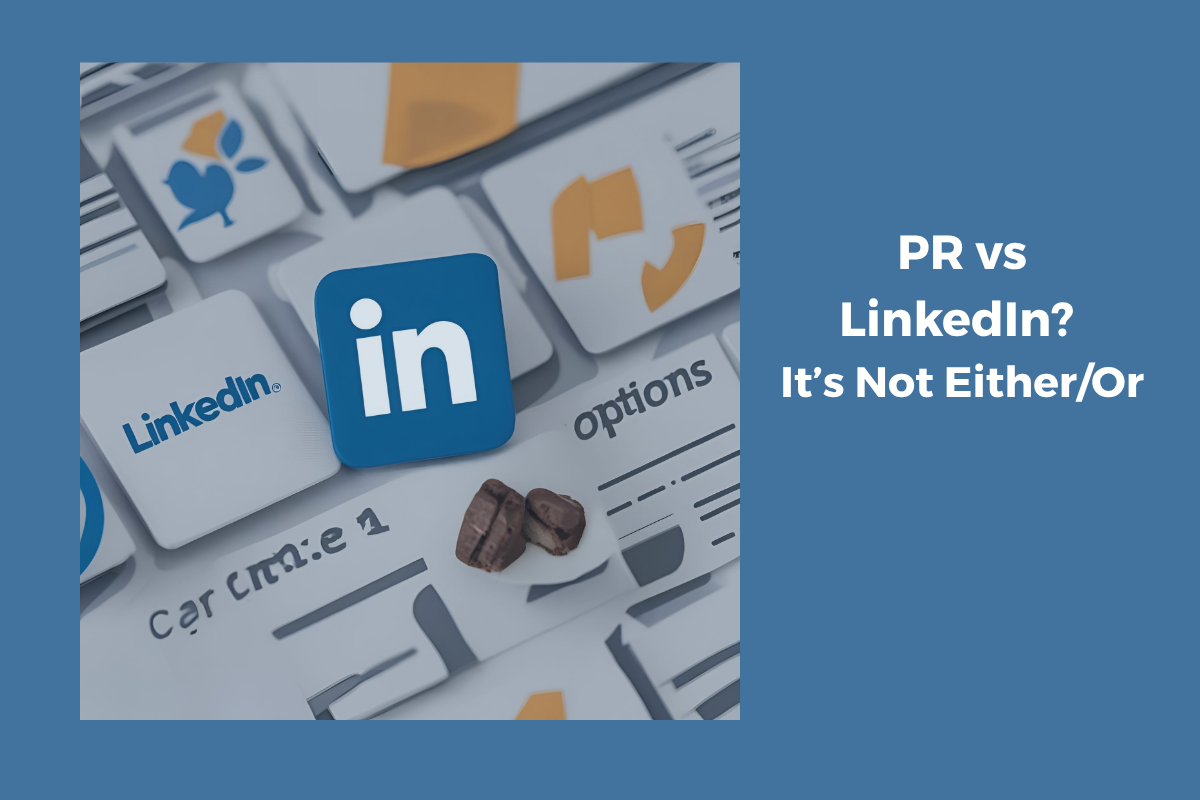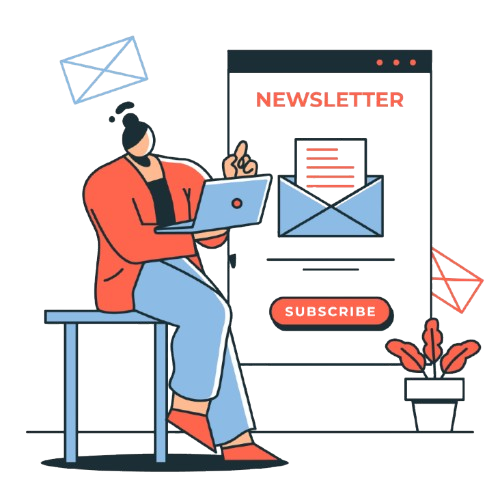For years, PR professionals have debated whether LinkedIn belongs in the same toolbox as traditional media outreach. But in today’s digital-first, audience-fragmented landscape, the answer is clear: LinkedIn isn’t just a networking site any more. It’s a powerful, self-owned communications channel—and one of the most direct routes to shaping your brand narrative.
In fact, if you’re a business in the Middle East (or anywhere, really), LinkedIn should be at the core of your modern PR strategy.
With over 1 billion members globally and more than 58 million companies listed, LinkedIn has evolved into far more than a CV database. In the GCC region alone, executives, founders, and decision-makers are not only active—but engaged.
Unlike traditional PR channels that rely on gatekeepers (journalists, editors, media buyers), LinkedIn allows brands and individuals to publish directly to their audience. That means more control, faster turnaround, and the ability to align content with your business strategy in real-time.
But the real power of LinkedIn lies in its hybrid nature—it’s part professional network, part publishing platform, part newsletter engine, and increasingly, part personal brand megaphone.
What Makes LinkedIn a Strategic PR Channel?
Here’s why LinkedIn deserves a dedicated spot in your PR playbook:
- It’s owned media: You control the narrative, cadence, and format.
- It builds visibility: Your content shows up in follower feeds, search results, and even Google rankings.
- It nurtures credibility: Whether you’re sharing case studies, award wins, or executive commentary, it puts you in the company of your peers and competitors.
- It’s algorithm-driven, not ad-driven: Well-crafted organic content can outperform sponsored posts—especially when backed by consistent engagement.
Beyond the Feed
LinkedIn now offers a suite of tools that rival traditional content platforms:
- LinkedIn Articles: These long-form posts function like mini blog entries. They’re ideal for thought leadership, behind-the-scenes storytelling, opinion pieces, or trend insights. And they remain searchable long after being posted—unlike a regular status update that gets buried.
Tip: Repurpose your blog posts or op-eds here, adjusting the tone for a more peer-to-peer, insights-driven audience. - LinkedIn Newsletters: Launched in response to the newsletter boom, LinkedIn’s native newsletter tool allows pages and individuals to send regular, subscription-based updates. These come with push notifications for subscribers—making them incredibly sticky.
Ideal for: Sharing quarterly updates, market insights, event highlights, founder messages, or curated content roundups. - Native Videos & Livestreams: Showcase product demos, panel discussions, or behind-the-scenes events using LinkedIn Live or uploaded videos. This humanises your brand and invites real-time interaction.
- Collaborative Posts: This newer feature lets multiple voices contribute to a topic. Great for panels, partners, or showcasing different perspectives from across your team or ecosystem.
- Company Page vs. Personal Profile Content: While your company page builds brand equity, personal profiles (especially those of the founder or leadership team) often get far higher reach and engagement. Use both—but tailor the tone accordingly.
Who Should Be Posting—and How Often?
There’s a common misconception that only marketing should handle LinkedIn. In reality, LinkedIn works best when multiple voices contribute:
- Founders share vision and values
- Sales teams highlight wins or learnings
- HR shares culture and talent milestones
- Product teams announce innovations
- Partners and customers add validation
In short: treat LinkedIn like a newsroom. Spread the storytelling across departments. At Market Buzz, we often build editorial calendars that include both media outreach and LinkedIn-native content for our clients—ensuring consistent brand messaging across all channels.
What Not to Do
- Don’t treat it like a job board (unless you’re hiring).
- Don’t copy-paste your press releases. Reframe them as stories or insights.
- Don’t disappear between launches. LinkedIn rewards consistency.
PR vs LinkedIn? It’s Not Either/Or
Your brand reputation is built across paid, earned, shared, and owned media. LinkedIn sits squarely in the “owned and shared” quadrant—but it can amplify earned media (like press features), support paid campaigns (by seeding organic buzz), and shape perception faster than you think.
So instead of asking “PR or LinkedIn?”, ask this: How can LinkedIn make my PR more powerful, personal, and persuasive?



